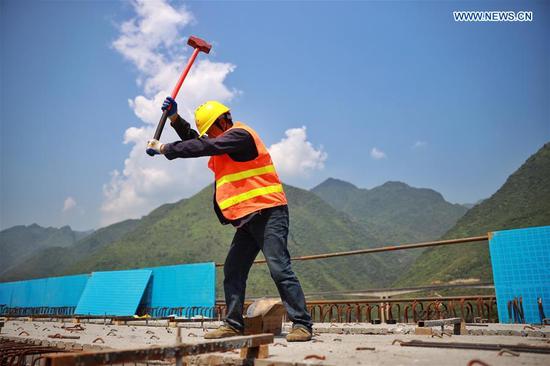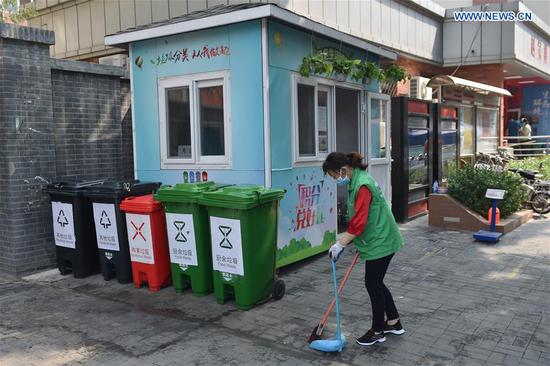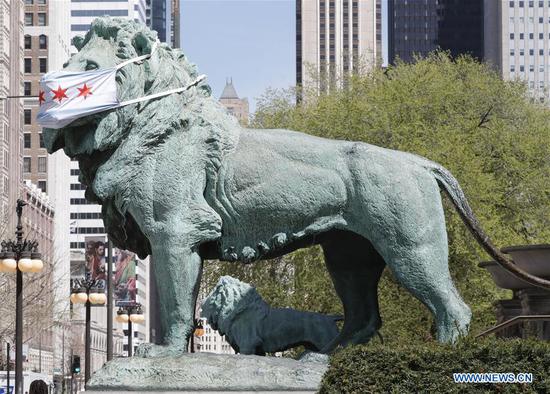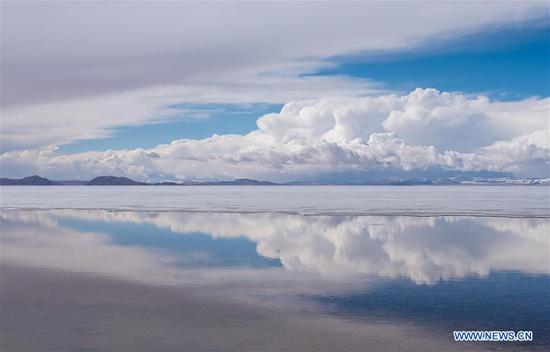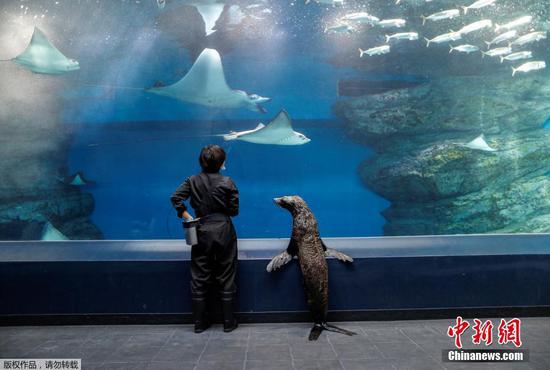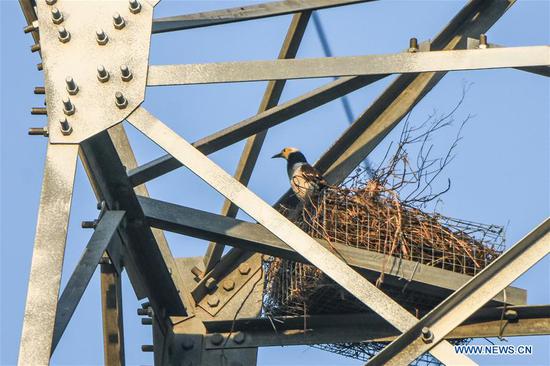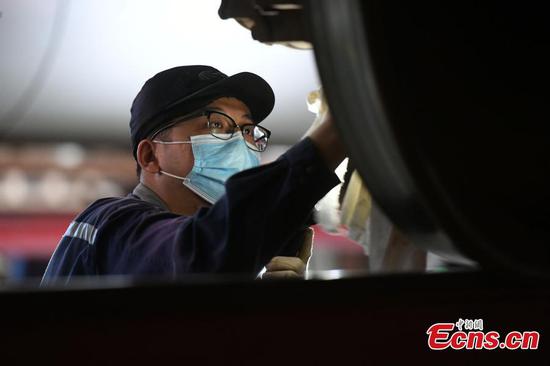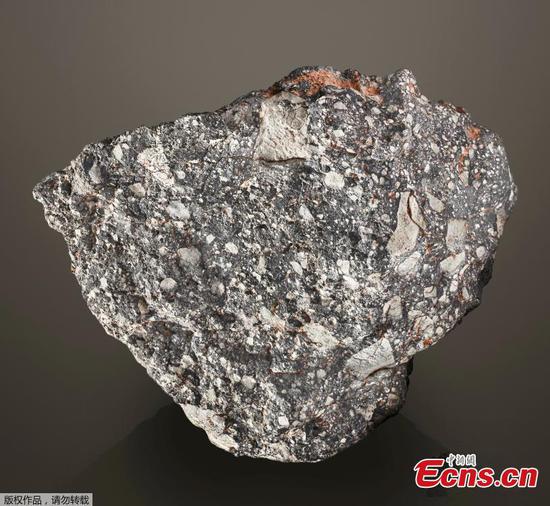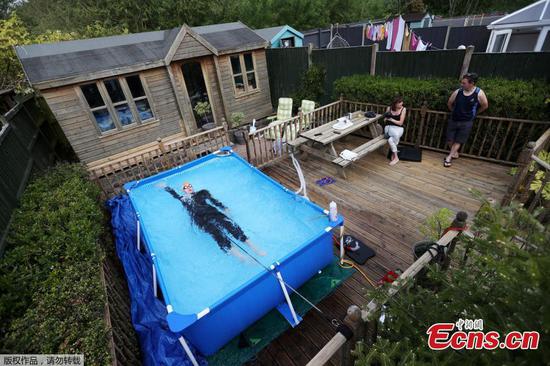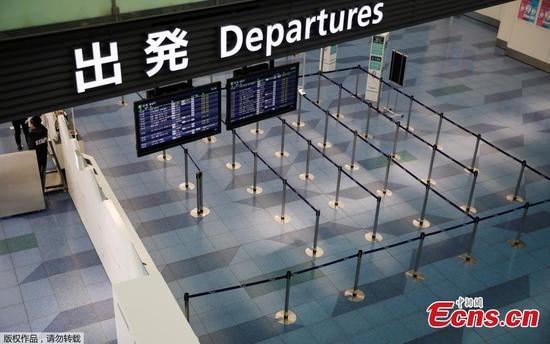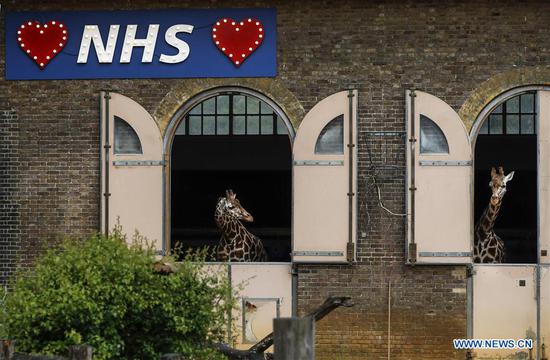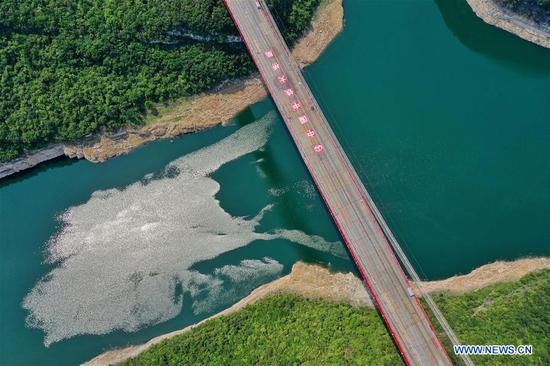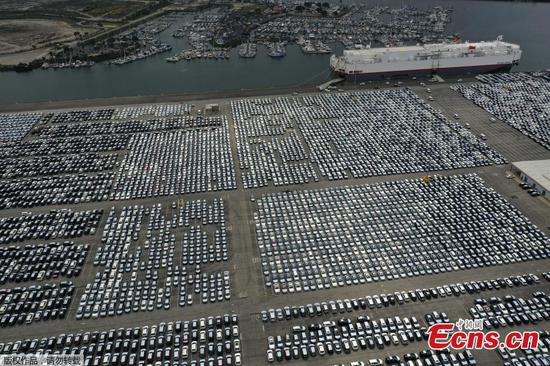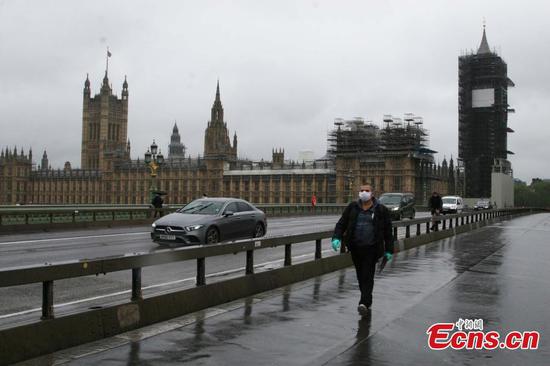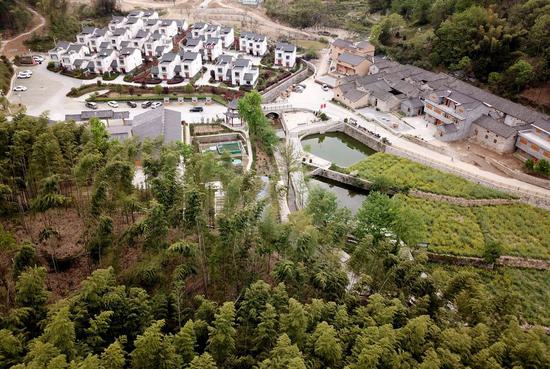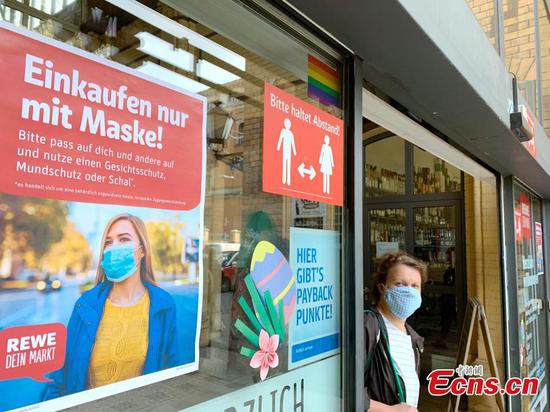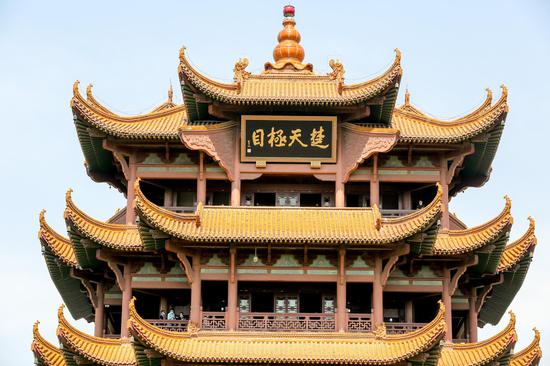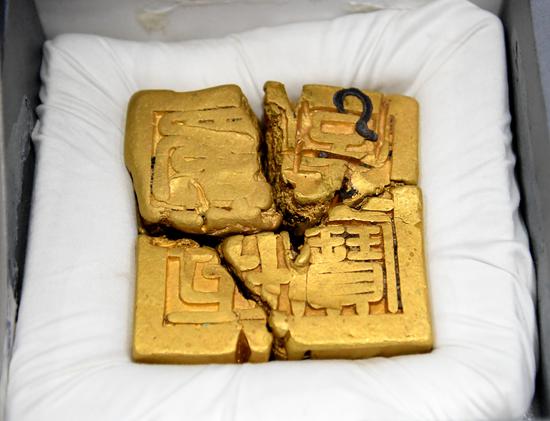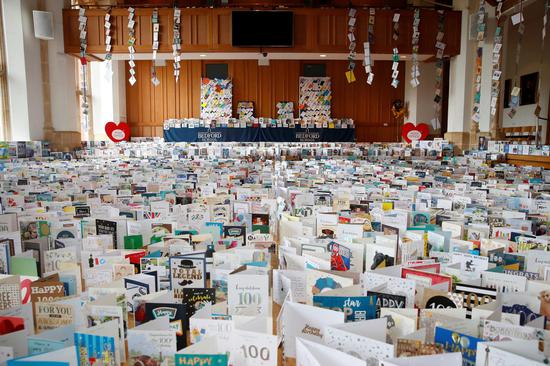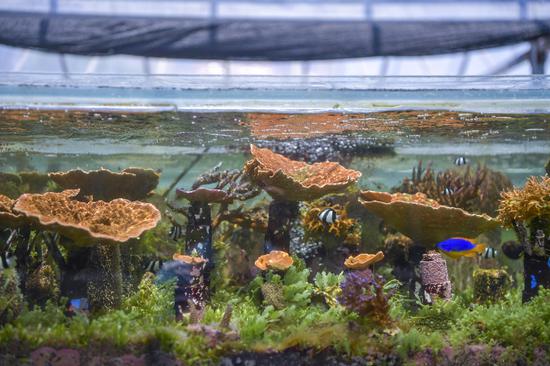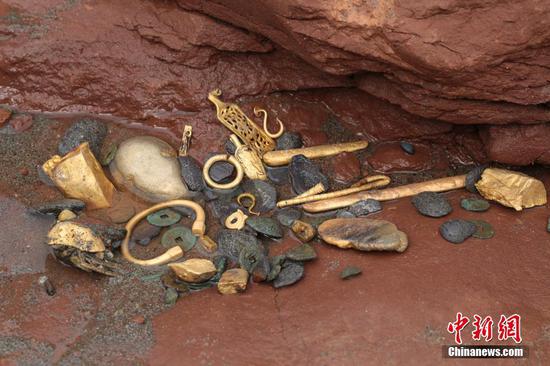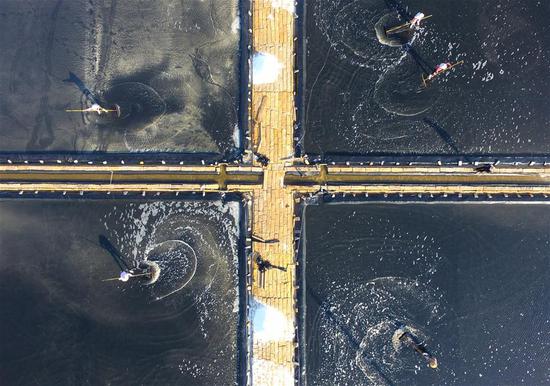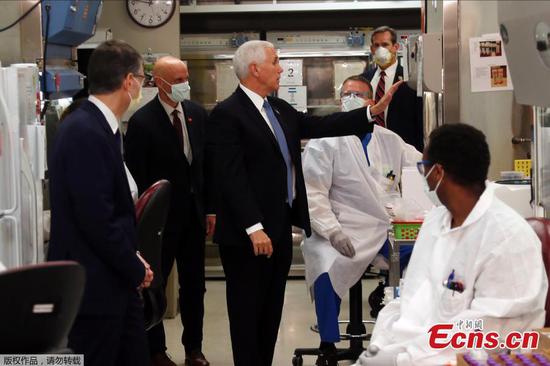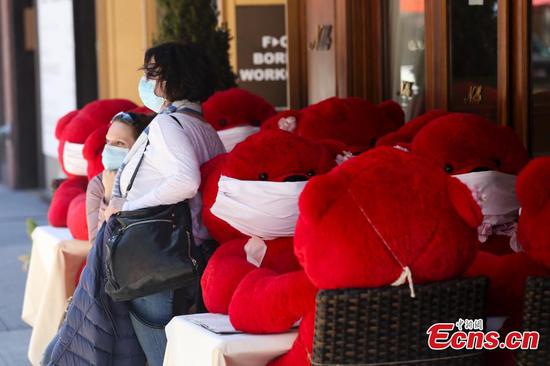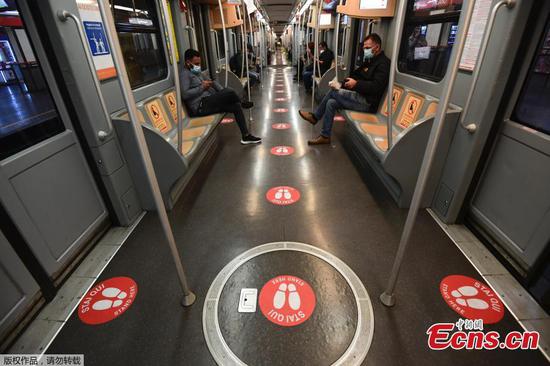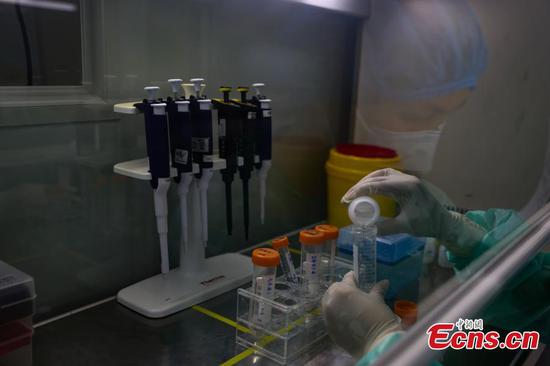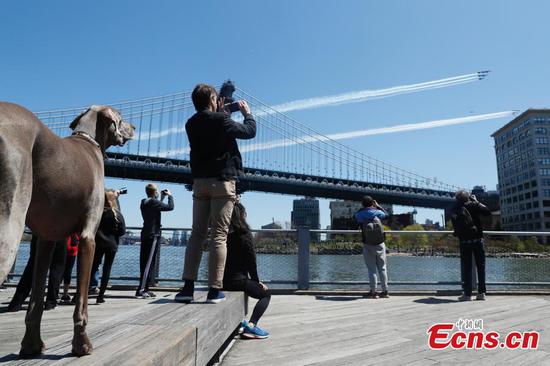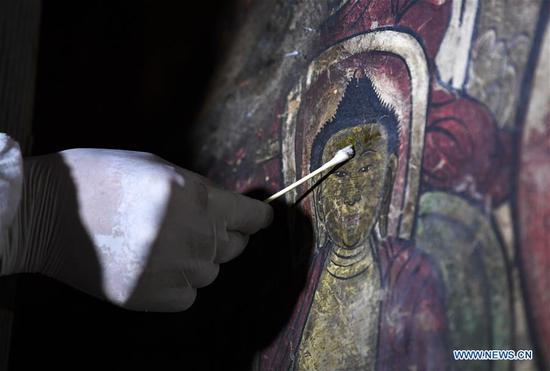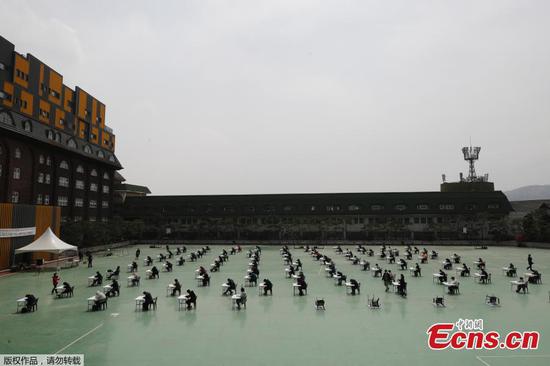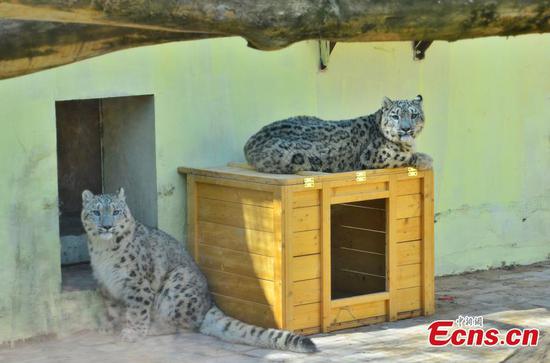
A general viewer of Causeway Bay in Hong Kong on May 1, 2020. (Photo/Xinhua)
May Day holiday travel was disappointing for Hong Kong's tourism industry this year as the city's economy continues to suffer the effects of COVID-19 and social unrest.
The Census and Statistics Department of the special administrative region said on Monday the city's GDP plunged 8.9 percent year-on-year in the first quarter. Tourism, one of its pillar industries, is one of the sectors worst hit by the pandemic's fallout.
Hong Kong recorded only 4,334 arrivals in the first three days of the holiday, with the proportion of mainland visitors dropping to about 8 percent, while some 90 percent were Hong Kong residents, government officials said.
On just one day during last year's holiday, over 500,000 visitors from the mainland entered Hong Kong.
"It used to be 200 to 300 inbound tourism groups each day during the holiday, but this year recorded zero so far," Leung Fong-yuen, chairwoman of the Hong Kong Tourism Industry Employees General Union, told local media recently. She said some of the city's 17,000 registered guides are surviving on savings and others have found new jobs.
Yiu Si-wing, a Hong Kong lawmaker representing the tourism sector, said it was the first time that no tour group had visited during holiday since individual visits began in 2003. A 14-day quarantine is required on both sides of the border, adding up to 28 days to visit and return.
In the first quarter, visitors dropped 80 percent from the same period last year, city tourism authorities said.
The HKSAR government has launched two rounds of anti-epidemic funding and rolled out many relief measures in order to ease the pain. Financial Secretary Paul Chan Mo-po said in his blog on Sunday that if the novel coronavirus continues to be well-controlled, some measures are likely to be gradually relaxed. By Monday, the city had detected no new local infections for 14 consecutive days, according to the Center for Health Protection.
Chan said he is confident that the economy will stabilize around the second quarter if work resumes and everyone is united to not only battle the virus but also to stimulate the economy.









